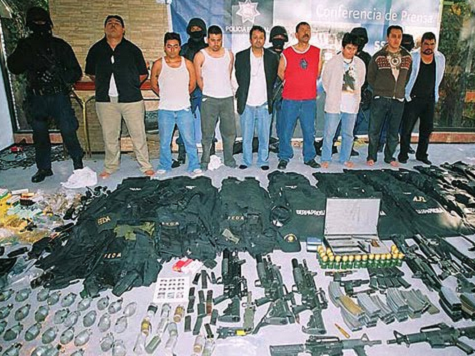
As the Mexican drug cartels obtain more control in Mexico, they are able to seep across the border and grab hold of the drug market in the United States. Cartels are able to easily transport their product across America, and to some this is proof the war on drugs is failing.
“We pretend that the cartels don’t have an infrastructure in the U.S.,” Fulton Armstrong, and ex-CIA officer, told The Washington Post. “But you don’t do a $20 billion a year business . . . with ad-hoc, part-time volunteers. You use an established infrastructure to support the markets. How come we’re not attacking that infrastructure?”
The Sinaloa cartel, headed by Joaquin “El Chapo” Guzman, one of the most wanted men in the world, dominates the drug market. They are also the same cartel that received over 2,000 guns from the ATF in Operation Fast & Furious. The drugs are shipped to Los Angeles where cartels hide the drugs in trucks with other common goods and ship them to their destinations via major highways. Popular hubs include Los Angeles, Chicago, and Atlanta, but the DEA estimates there are 1,286 cities on the distribution grid.
Pseudoephedrine laws have lead to a huge drop in American made methamphetamine, but it’s also given rise to Mexican-made meth. This is a top drug in major cities like Oklahoma City. Two times this summer the Oklahoma Bureau of Narcotics (OBN) made drug busts related to Mexican meth. Chicago DEA Agent Jack Riley said the Sinaloa cartel’s meth is more pure and “that gives users a faster and longer-lasting high.”
Agencies manage to put dope on the table, but it hardly puts a dent in the infrastructure. The drug cartels send in new lieutenants to replace old ones. High up officials are still just pegs on the totem pole and can be easily replaced. Unless law enforcement gets to the heart of the infrastructure, the king (the supplier) will remain the king, and drugs will flow freely.

COMMENTS
Please let us know if you're having issues with commenting.